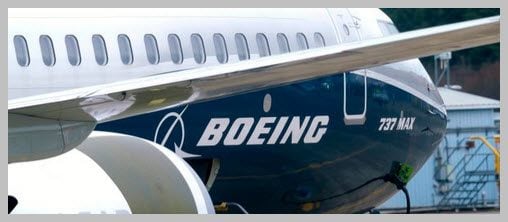
2019 08 29 14 22 17
It is Friday, so let’s review this busy week in the world of the 737 MAX. A lot has been revealed about the crashes, Boeing’s internal safety upgrades, their future production plans, additional recommendations and lawsuits.
- The NTSB, in its review of the 737 MAX accidents, also criticized the multiple cockpit warnings in the MAX, expressing concerns that Boeing may have under-estimated their impact on flight crews
- It appears Boeing’s plans are to deliver 70 aircraft per month once the MAX begins to fly, keeping the production rate at 42 per month until all of the existing and newly built aircraft waiting to be delivered are back into service.
- Boeing settled its first lawsuits from the Indonesia crash, paying about $1.2 million per passenger killed in the initial settlements
- FAA inspectors weren’t properly qualified to certify the 737 MAX, according to a whistleblower.
- Boeing’s Board made several recommendations to improve safety at the company.
- SpiceJet, a key MAX customer in India, indicated that it may purchase 100 Airbus A321 jets rather than the MAX10 for route expansion.
- Editorials regarding Boeing’s moral compass and culture indicate how far the company’s reputation has fallen
Subscriber content – Sign in
[maxbutton id=”1″ ] [maxbutton id=”2″ ] [maxbutton id=”4″ ]




